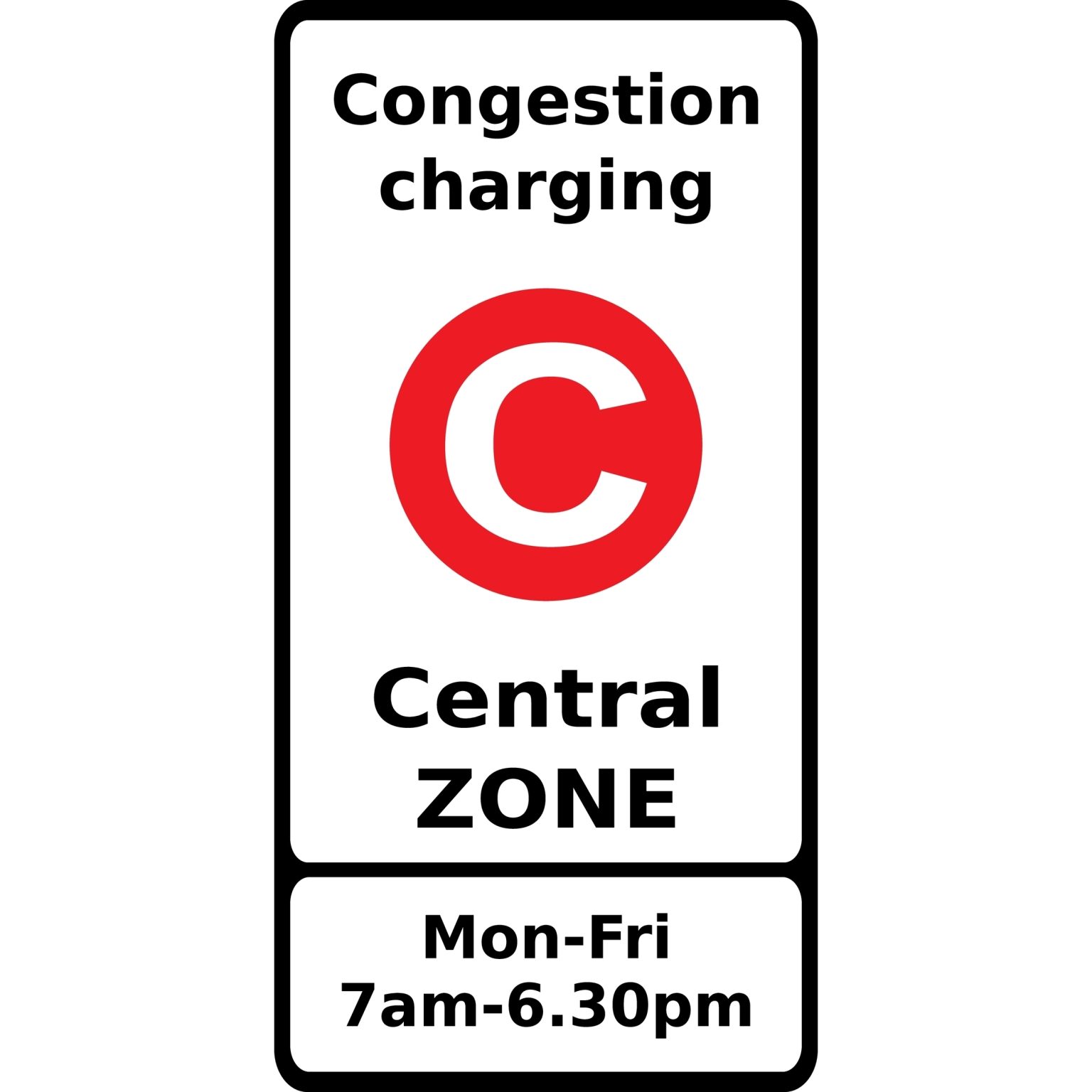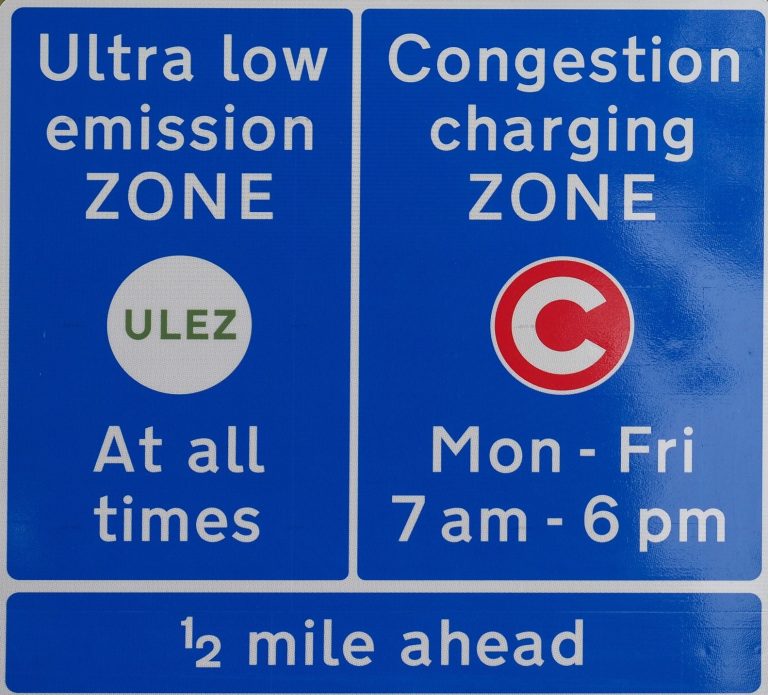Case Study
The Rise of Free-Flow Road User Charging
Lessons from London and the Future of Urban Mobility

By Dan Holby, Taranto Managing Director
In recent years, road user charging has undergone a quiet revolution. What began as a relatively blunt tool to reduce city centre congestion has evolved into a more intelligent, dynamic way to shape urban transport policy. As clean air targets intensify, with greater focus on reducing harmful emissions, local authorities are seeking new ways not only to hit these targets, but also to manage finite road space. Free-flow road user charging is emerging as a key tool to help achieve these objectives. Nowhere has this been more evident than in London – where Transport for London (TfL) continues to lead the way.
From Turnpikes and Toll Booths to Free-Flow
Road tolling is nothing new. Turnpikes were commonplace across the UK from medieval days and the original London Bridge was one of the first examples of river crossing tolls. In the 21st century, the mechanisms for road tolling have also evolved: Road user charging originally relied on physical infrastructure—toll booths, barriers, or staffed control points. These were effective for collecting the tolls, but limited in their scalability, convenience, and ability to deliver real-time data. With the rise of ANPR (Automatic Number Plate Recognition), cloud computing, and increasingly integrated back-office systems, local authorities now have access to the tools they need to implement free-flow, account-based charging schemes that are fairer, more efficient, and easier to manage.
The London Example
London’s Congestion Charge, introduced in 2003, with the aim of reducing traffic in central London and improving journey times. Over time, the geographical zone has expanded, as well as the operational periods. TfL has invested in digital infrastructure to support different payment options and targeted enforcement.
Perhaps more significantly, London’s expansion of user charging into environmental territory through the Ultra Low Emission Zone (ULEZ) has set a new standard. By linking road charging directly to vehicle emissions, ULEZ aligns transport behaviours with broader public health and climate goals. Its phased expansion – covering first central, then inner, and now all of Greater London – has demonstrated how a major metropolitan area can scale user charging in a politically sensitive and technically complex environment.
Other Approaches
Oxford has been piloting a Zero Emission Zone in certain parts of the city – and encouraging visitors to use public transport or the park-and-ride hubs just outside the city. Oxford’s objective is to reduce congestion in its narrow streets which were not designed for the size of today’s cars – and at the same time improve air quality in the city.
Broader Trends in Clean Air and Congestion Zones
Across the UK, other cities are taking note. Clean Air Zones (CAZ) in Birmingham, Bristol, Bath, Sheffield and other urban centres mirror the principles of ULEZ, charging higher-polluting vehicles while allowing cleaner alternatives to circulate freely. These schemes are increasingly designed around free-flow operation – minimising disruption, reducing administrative overhead, and increasing compliance through automation.
Crucially, these new zones reflect a shift in policy framing: From charging as a deterrent, to charging as an incentive. Vehicles that meet emissions standards are rewarded with free or reduced access. Cleaner fleets are encouraged. Public transport alternatives become more attractive. And for councils, using technology to dynamically adjust pricing based on congestion or pollution levels offers a new degree of flexibility.
Challenges and Opportunities for Local Authorities
For public sector bodies considering the introduction or expansion of road user charging, several lessons stand out:
- The right infrastructure: Effective road charging now depends as much on digital systems as it does on physical assets. Investment in ANPR, cloud platforms, AI and analytics tools, as well as enforcement integration is essential.
- Public engagement matters: London’s experience highlights the importance of clear communication and phased implementation. Transparency around objectives – whether congestion, emissions, or revenue – is key to public trust.
- Back-office capability is critical: Seamless integration between enforcement, customer accounts, representations, appeals, and payments reduce friction and drives compliance.
- Charging must support wider policy: The most successful schemes are those embedded within a broader strategy – supporting modal shift, active travel, and environmental targets.
Looking Ahead
As urban transport continues to evolve in response to climate, health and infrastructure pressures, free-flow road user charging will only grow in importance. New models, such as distance-based charging, dynamic pricing, or time-of-day tariffs, are being explored. The ability to blend user charging with smart city data, zero-emissions zones, and real-time congestion modelling will define the next phase of urban mobility.
In this rapidly changing landscape, Transport for London’s leadership provides a powerful blueprint. But every local authority has the opportunity to build on that foundation – designing road charging schemes that are tailored, equitable, and future-ready.
Taranto’s Free-Flow Tolling Solution
Taranto not only works with TfL, but with other clients on Clean Air Zones and free-flow river crossings. Taranto has been supporting the London Congestion Zone with our industry-leading enforcement software since 2007 and enforcing initially London’s Low Emission Zone (LEZ) and now the expanded ULEZ – which has issued nearly 2 million PCNs for non-compliance since its expansion in September 2023. A number of other urban local authority clients are also using Taranto to enforce their Clean Air Zones. We also support the Dartford DartCharge and Mersey Gateway river crossings.


For more information on Taranto’s free-flow toll enforcement solutions,
Dan Holby – Managing Director
Dan Holby is the Managing Director of Taranto System. He has extensive knowledge and hands-on experience of the UK parking sector. Before joining Taranto, Dan worked on the client side in local government, where he gained a deep understanding of the operational, regulatory, and community aspects of parking services. This experience gives him a unique perspective on the challenges faced by local authorities and informs his approach to delivering practical, effective solutions through Taranto’s technology.
